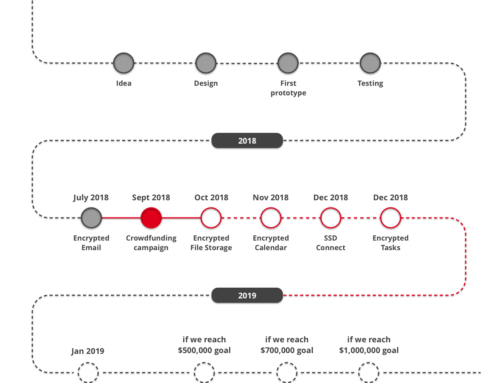Everything from monitoring, interception, collection, preservation to retention of information by a third party, that has been communicated, relayed or generated over communications networks to a group of recipients is called Communications Surveillance.
Who is the third party?
This third party can be:
- law enforcement agency,
- intelligence agency,
- private company, or a
- malicious actor.
Not only people conduct the surveillance, but it can be any automated action that interferes in the right to privacy.
How is it conducted?
Communications surveillance technologies have become more and more sophisticated, and capable of grabbing even more information than ever before.
There are now four main methods of communications surveillance:
- internet monitoring,
- mobile phone interception,
- fixed line interception, and
- intrusion technologies
Source: Privacy International
Is communications surveillance legal?
Privacy is your fundamental human right, enshrined in the Universal Declaration of Human Rights, something that a lot of people are trying to break down with every excuse in law in order to make money.
Everyone must be protected against arbitrary interference with their right to communicate privately. When a government wishes to conduct communications surveillance, it must only be done in accordance with clear and transparent law.
Every jurisdiction has its own legal authorisation, and they vary a lot. Since communications surveillance directly interferes with the right to privacy, any laws that allow for it must be in accordance with human rights principles. The mere existence of surveillance laws do not make the act of communications surveillance lawful.
What you can do about it?
Nowadays, not only the courts and civil society should fight for our rights. But we have to stand up to it.
Edward Snowden’s disclosures showed that the capability of governments to operate in secret and to conduct surveillance across borders in unaccountable ways has grown significantly within our modern communications infrastructure. And courts remain reluctant to address secret surveillance and have yet to consider challenges to state power exerted across borders.
We, as individuals, can fight this by protecting our communications both offline and online, using encryption and safeguarding our private data and our lives.





Leave A Comment